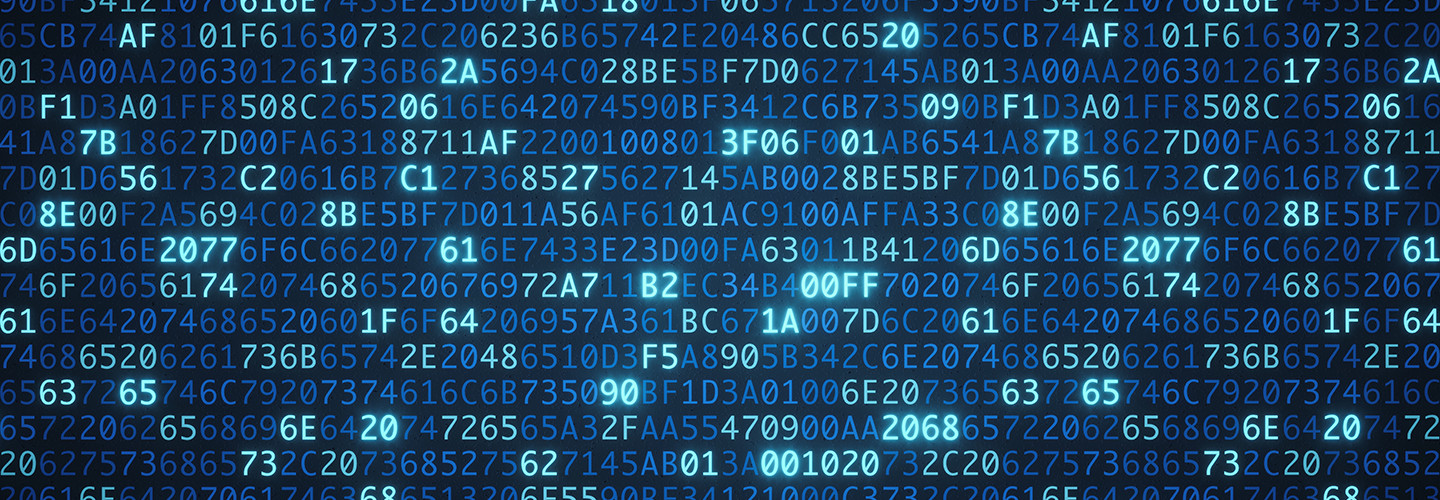NETGEAR ReadyNAS 424 Lets Users Customize Data Protection
In a higher education setting, losing critical data is not an option. To prevent this, every NETGEAR ReadyNAS 424 4-Bay disk array comes with five layers of protection. They are all optional and easy to implement, letting users choose exactly how they want to balance capacity, performance and protection. For many of these features, users can make those decisions folder by folder, or even by file.
Protection 1: Users Can Customize RAID Protection Level
Every ReadyNAS 424 comes with four open bays that accommodate 2.5- or 3.5-inch drives. To emphasize total storage capacity, a user can set the network-attached storage (NAS) device to RAID zero and utilize all the drive capacity with no disk-level protection.
However, users also have the option of higher RAID configurations that provide some backup, or even fully redundant drives. This halves the capacity but offers total drive failure protection. Once set, new drives are automatically formatted and put in place according to the RAID level protection scheme.
Protection 2: Unlimited Snapshots Keep Institutions Informed
With unlimited snapshots, the ReadyNAS 424 records the state of protected files at various times set by the user. Again, the user can configure this interval for specific files or folders or set a blanket policy for everything. Going back to a previous file version from another day, week or year is as easy as finding the proper date in the interface and clicking to restore it to exactly how it looked when the snapshot was taken.
MORE-FROM-EDTECH: Here are 4 ways universities are utilizing flash storage.
Protection 3: Built-In Anti-Virus Limits Vulnerability
Users can enable anti-virus protection for stored files from the main interface, and it incurs no additional fees. In testing, the onboard anti-virus program halted an attempt to drop an infected file onto the ReadyNAS.
Scanning files for viruses and malware adds a little time to the write process, so it is deactivated by default. But running without anti-virus these days is risky, so it’s probably best to activate it, especially since there are no additional costs to do so.
Protection 4: Bit Rot Protection Alerts Users to Impending Risks
Bit rot sounds bad, but it’s essentially a description of both performance loss due to fragmentation and the loss of tiny sectors on a disk that can occur over time, especially with traditional spinning media drives.
In the ReadyNAS 424, enabling bit rot protection on a folder tells the NAS to check that folder from time to time to ensure it is defragmented and not sitting on any failing sectors or bits. If it is, the NAS will move that data away from the failing sector or defragment the files as needed.
MORE-FROM-EDTECH: See how solid-state storage boosts speed and cuts downtime for campus IT.
Protection 5: Offsite or Off-Device Backup Improves File Recovery
Because all devices share a common operating system, they can easily communicate with one another on the same network. Users can take advantage of the shared interface to set certain ReadyNAS devices to backup core and critical files from other systems.
It’s not necessary that both ReadyNAS devices be 424s, but this type of protection does work best if they are in different buildings or locations. That way, if an event such as a fire or flood takes out one device, the backup might be spared.
Users can also back up to the cloud using a service like Dropbox. In either case, everything is easily managed from either a local ReadyNAS interface or a central management console.
Check out a full review of the NETGEAR ReadyNAS 424 4-Bay disk array here.








